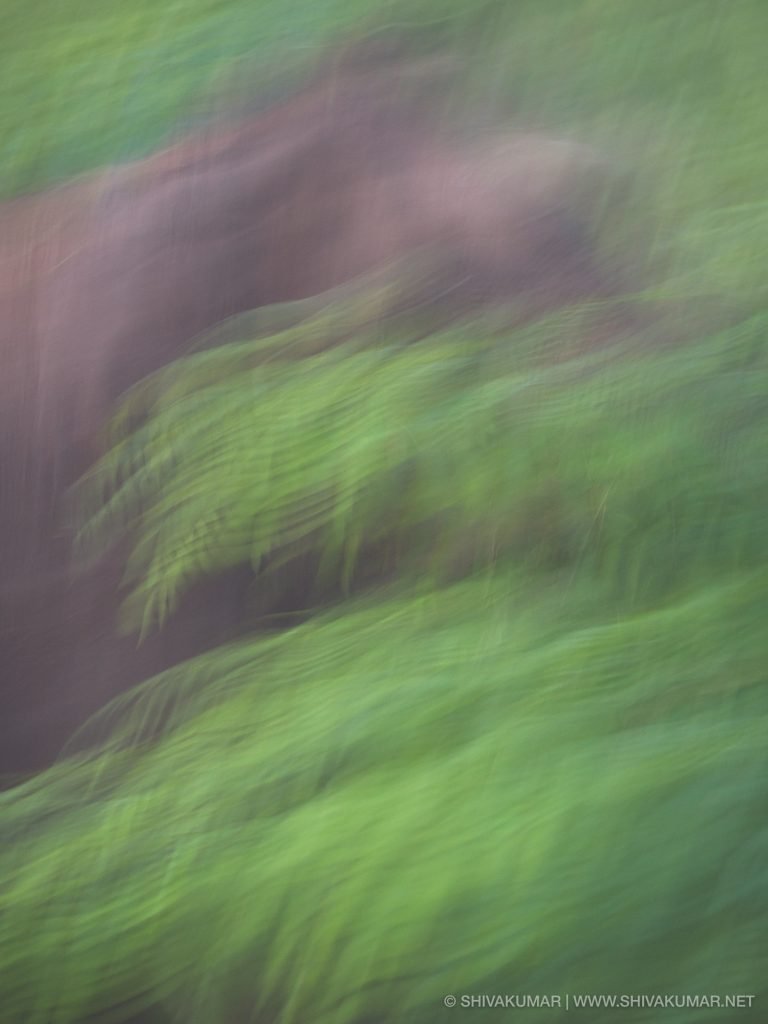This is a continuation to the article that I wrote about Creative Exercises where I spoke about looking beyond the obvious to make the best of the situation we are in.
Evening safaris are very tricky because the window of opportunity is tiny to make good or even decent images. The duration for which we have the golden light and the lack of it thereafter is a typical race against time example. And now club this with the probability of sighting something good in a good setting. A typical example of daydreaming isn’t it?
I like making images irrespective of whether there is a “good” subject in front of me, whether it’s in a favourable light or environment or if the equipment I have with me is right for the job or not. Not that it will always yield what the current generation call “Instagram bangers” but it will lead to some unique images and some may have a visual impact a bit beyond the memory card of the camera.
Late in the evening when things are supposed to get wound up and head back to the base. When the only source of natural light to the world is well beyond the horizon, is when it’s time to try a few experimental things. I intentionally do this to created what I call “Abstract Realism in Photography”. The phrase Abstract Realism finds its place in the world of art and painting and according to me, Photography is no different. Now let’s not get into the debate of calling Photography painting with light and all that, let it remain in the textbooks to be consumed later.
A mixture of slow shutter speed on the camera and availability of a bit of colour contrast in the scene and magnitude of movement as per your choice either intentional or forced due to vehicle movement is what I use as a recipe to create images that fall into this category. One needs to create more than a handful of images to get even one close to a decent keeper from a given scene. And frankly, based on my experience, it’s a known hit or miss scenario, the ones you might end up earmarking for the future are the ones that stay in your memory for long.
Irrespective of me getting even one good keeper image or not, I will keep this trick in my arsenal forever because every image you make here is unique in its way. But the key here especially when visiting the images for post-processing (if any) is that you should come back to these after a noticeable gap to even appreciate it more (or not). It might end up pleasing the taste buds that failed to do so when seen at the back of the camera LCD when in the field.
All photos in this article are shot using Panasonic GH5 + Leica DG Vario-Elmar 100-400 f4-6.3 ( thanks to Panasonic India for loaning this lens )



